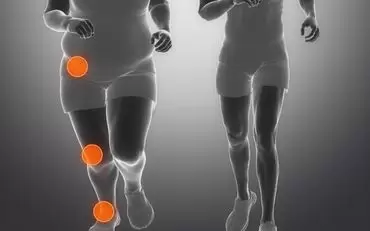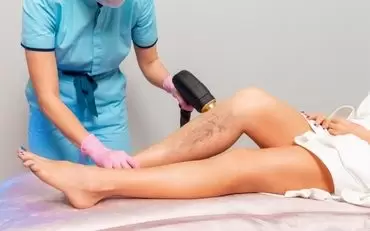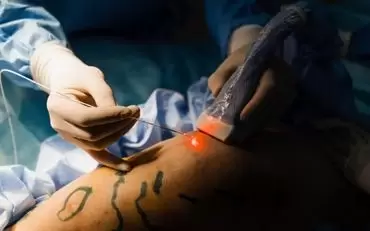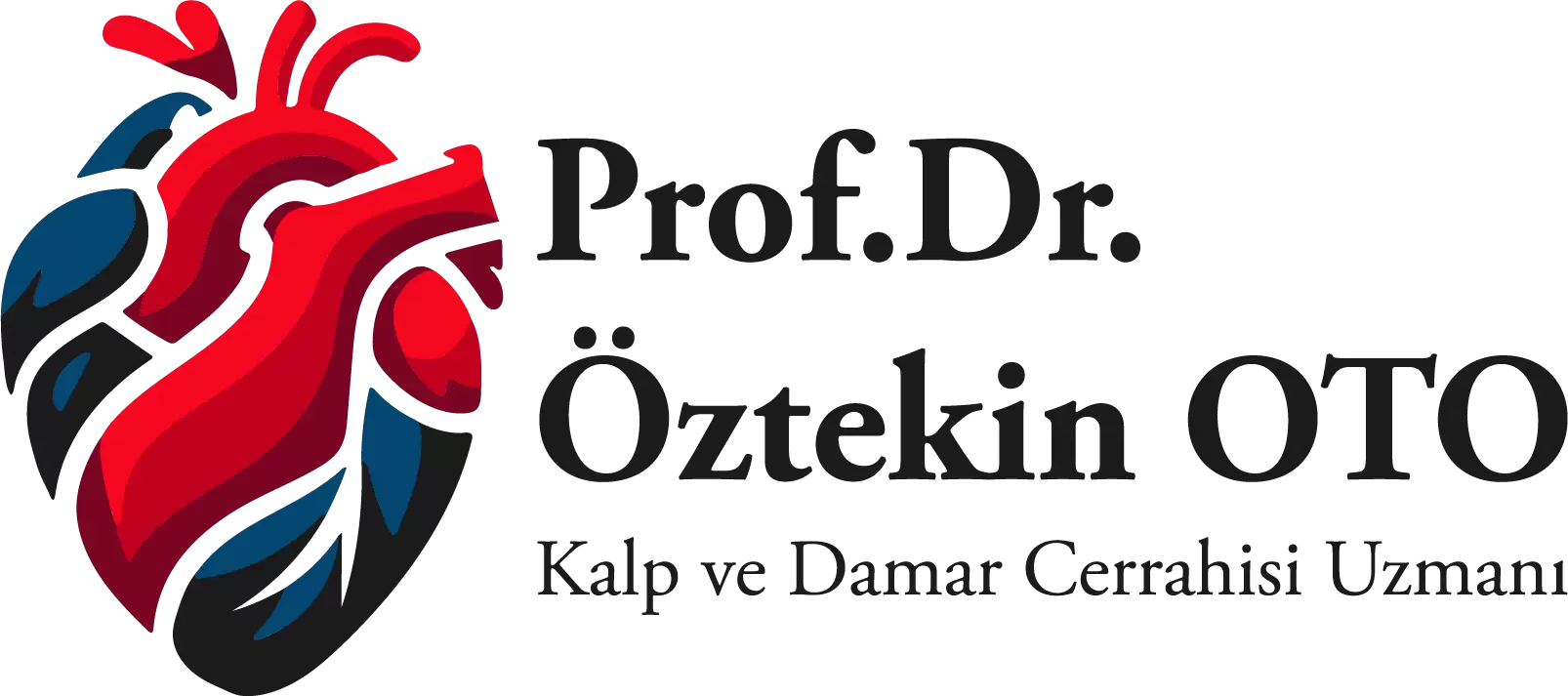29 Oca
Diseases of The Veins
Diseases of The Veins
Veins are the vessels that go to the heart. With the effect of gravity, blood flow is concentrated in the lower extremities causing some problems there. Venous diseases are the most common diseases of the veins today. The research work indicates that 70% of the population experiences some venous problems today.
Varices are the most common diseases of the veins lowering the quality of life and putting at stake the comfort of daily living. They essentially cause enlargement and bending of the veins leading to impairment of their valves, which provide circulation inside the veins. Varices cause pain, burning and numbness in the legs when left untreated.
Another venous disease is the venous thrombosis. Venous thrombosis is quite an important problem with the potential of causing venous thromboembolism.
Symptoms of Vein Diseases
Vein diseases are generally seen in the legs. These problems tend to originate from some defects hindering the circulation. Symptoms may vary from impairment of the valves inside the vein to accumulation of blood particularly in the lower extremities causing bulging of the vein, clotting or ulceration. The reflection of these problems on the patient can be listed as follows:
- Itching in the legs
- Pain
- Heaviness
- Swelling
- Numbness
- Nighttime cramps
Vein diseases tend to occur in older ages. Nevertheless, occupational factors and hormonal changes also contribute to manifestation of problems. Causes of vein diseases may be listed as follows:
- Hormonal changes during pregnancy and menopause
- Being employed in jobs requiring long time in standing or sitting position
- Traumatic events
- Genetic factors
- Obesity
Diagnosis
Diagnosis is essentially based on physical examination. Thanks to developments in Color Doppler ultrasonography aiming at assessing the vasculature, this tool may also be used in diagnosis and detection of the insufficient vein. In case the presence of a condition such as May Thurner’s, computed tomography may also be necessary for diagnosis.
Treatment
Treatment of vein diseases is based on different modalities today. Surgical or non-surgical methods provide either closure or removal of the varicose vein.
Compared to surgical modalities, non-surgical options are more preferred today. Non-surgical options include laser, radio-frequency, foam, glue or clari-vein techniques.
Related Articles

Obesity Treatment
Obesity, or as it is known by the public, “obesity”, is a disease that occurs when excess fat accumu..
Read More
Laser Treatment of Varices
Laser Varicose Treatment has achieved significant success in recent years with technological advance..
Read More
Treatment of Varices by Endovenous Laser
As a serious vascular disease, many diagnosis and treatment methods have recently been developed for..
Read More




